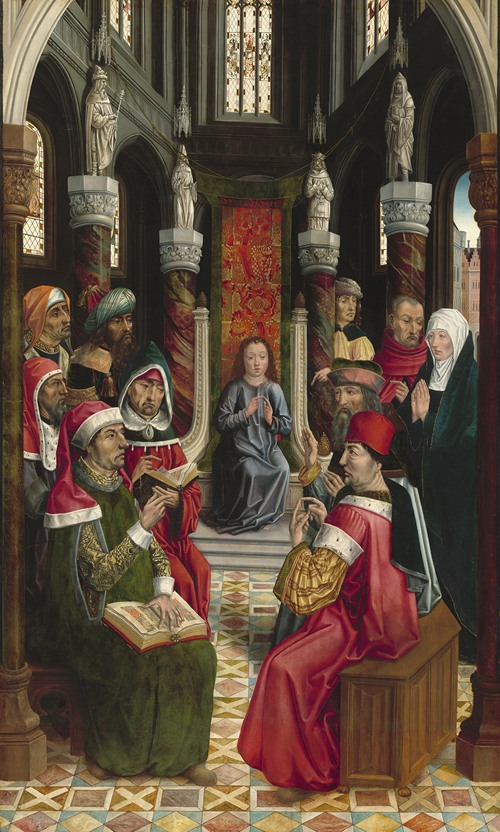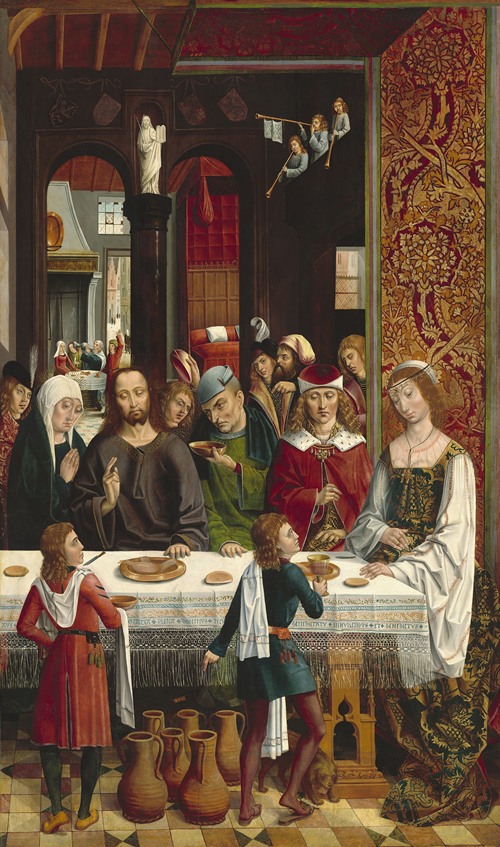
The Master of the Catholic Kings is the name given to the artist thought to have been responsible for eight paintings. In 1922, Conway, who was among the first scholars to study the panels, suggested that they were executed by an artist active in Brussels or Louvain about 1490. On the basis of heraldry in four of the panels, Van der Put proposed that an artist active in Valladolid painted them for a retable commissioned by the Catholic Kings, Ferdinand of Aragon and Isabel of Castile, who unified their kingdoms through their marriage in 1469. Van der Put's hypothesis has been accepted by subsequent commentators. Mayer acknowledged the Master's indebtedness to Netherlandish artists but maintained that he was a Castilian who had been trained by Fernando Gallego.
Post was the first to recognize the Master as an independent artistic personality. Post emphasized the affinities of the Master's work with such late fifteenth-century Castilian artists as Gallego and the Master of Saint Ildefonsus and proposed that he was trained by the Pacully Master. Post also pointed out that the Master's extensive borrowings from Netherlandish art would be accounted for by the widespread influence of northern art in Castile, and that it was not necessary to suppose that he had lived outside Spain. Mayer and Post were probably correct in maintaining that the artist was Castilian. However, the highly eclectic character of the Master's style has frustrated attempts to determine his origins, and his nationality remains uncertain. Gudiol's attempt to identify him as Diego de la Cruz does not appear to be justified. It can only be said that he was active circa 1485-1500.

